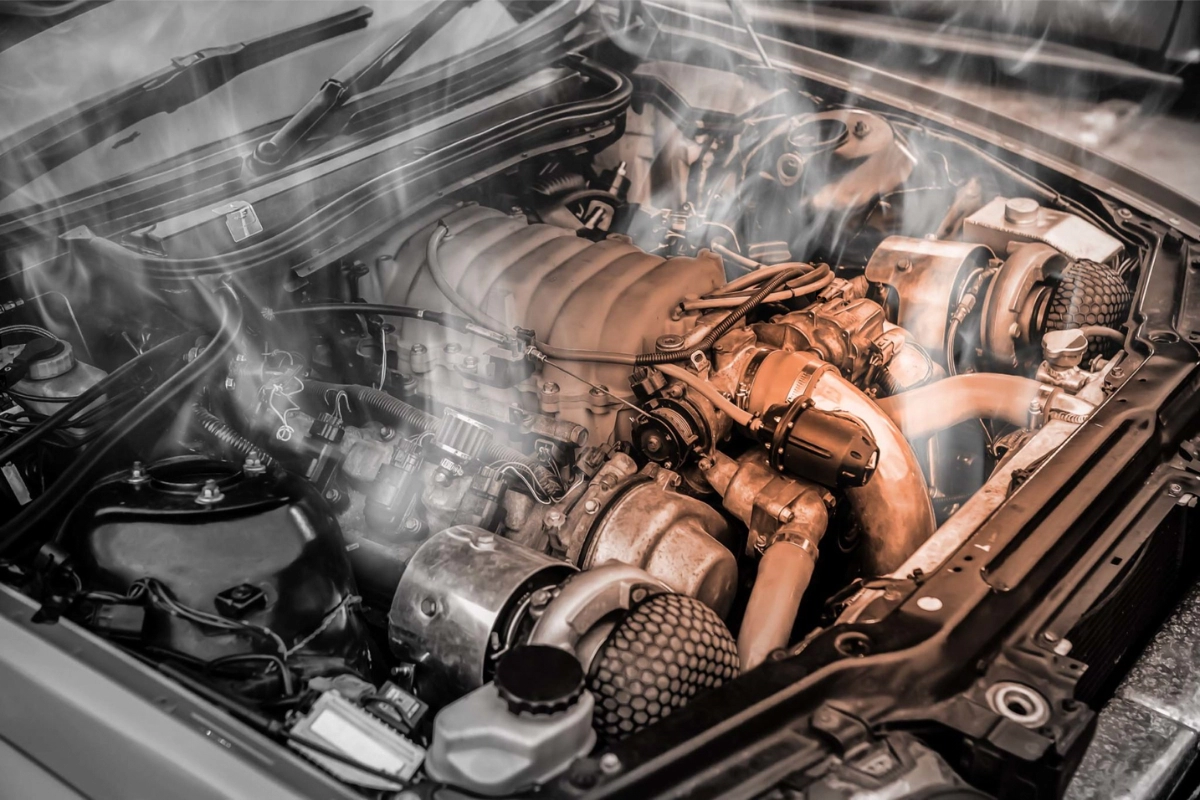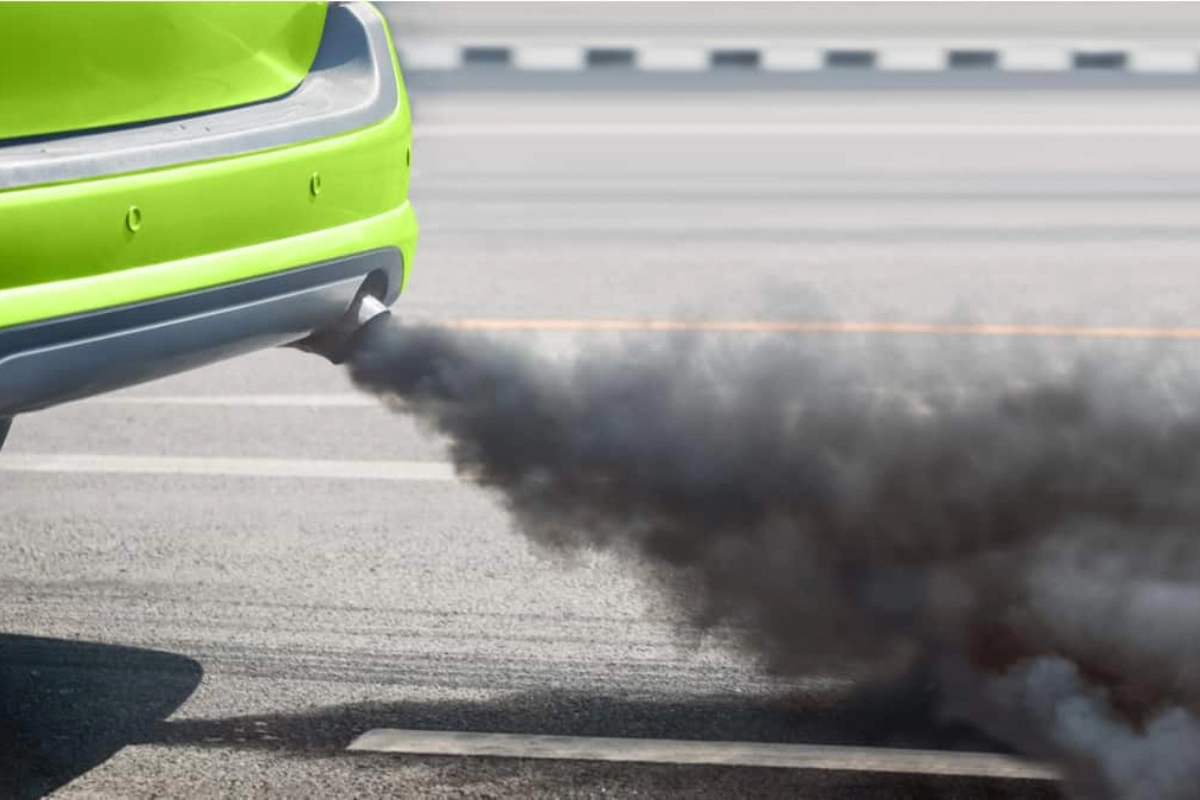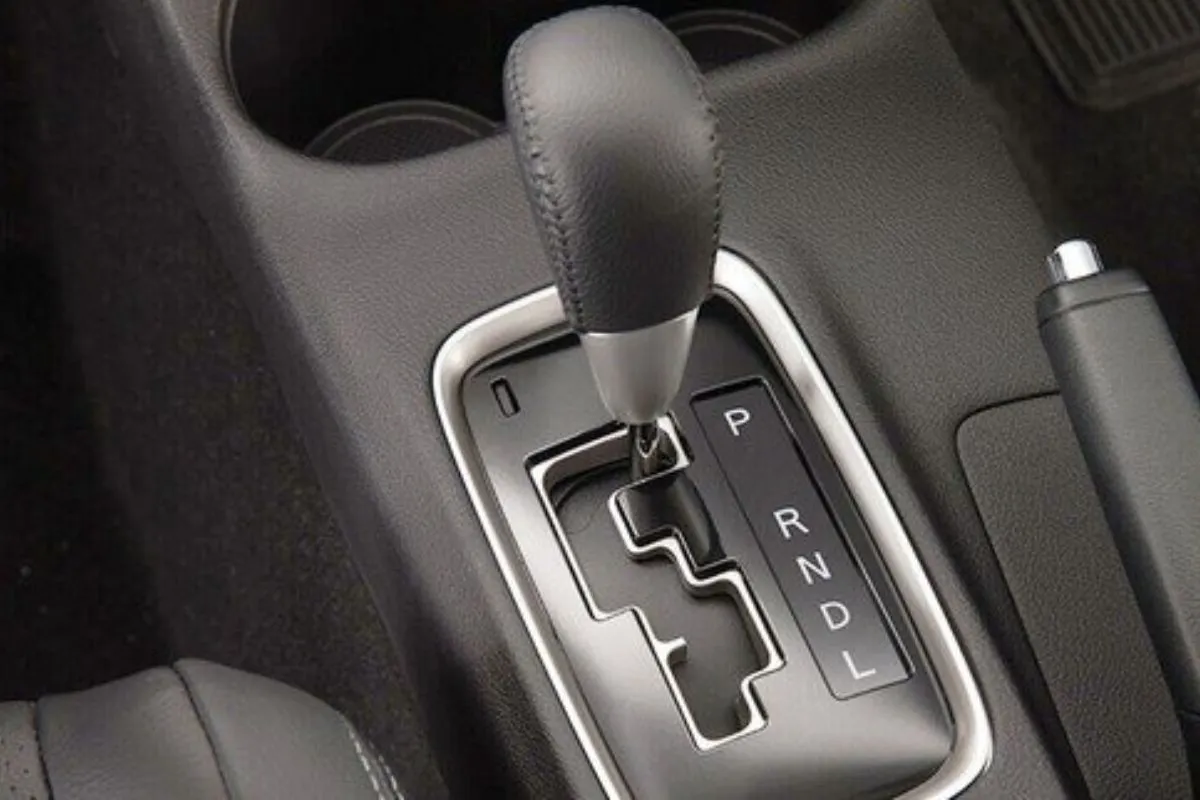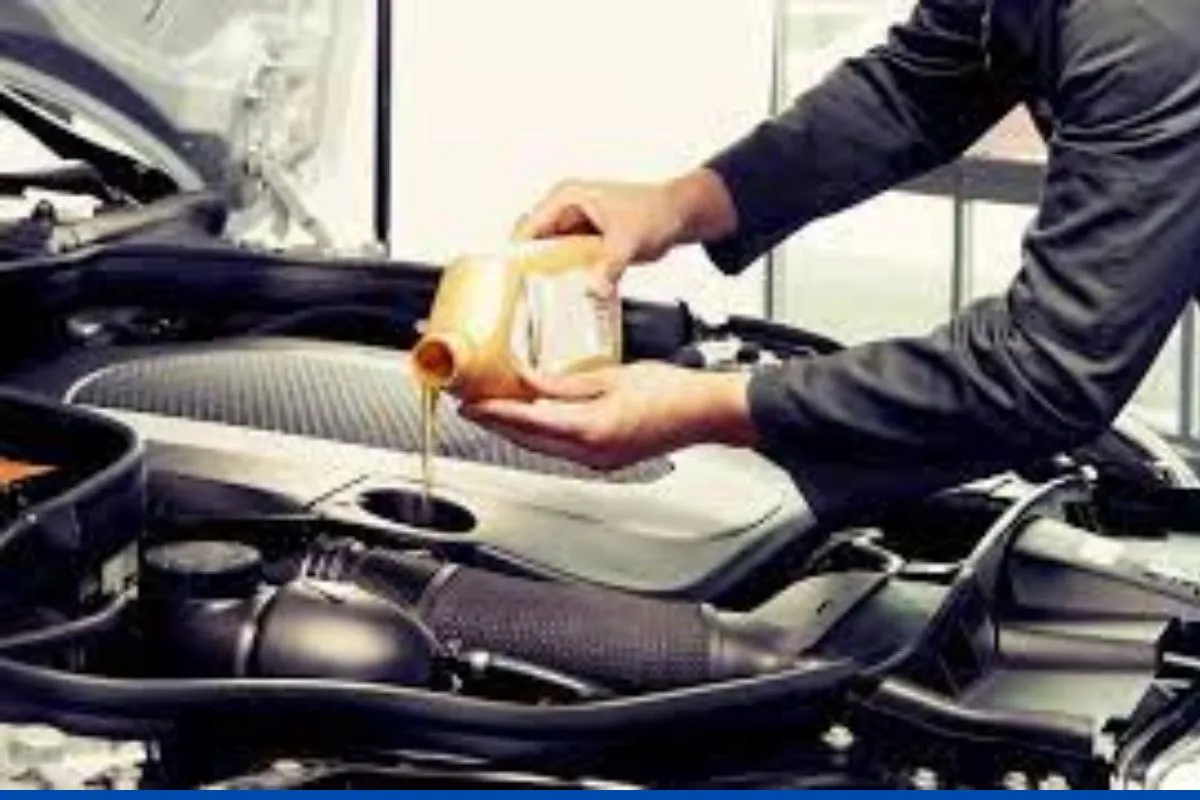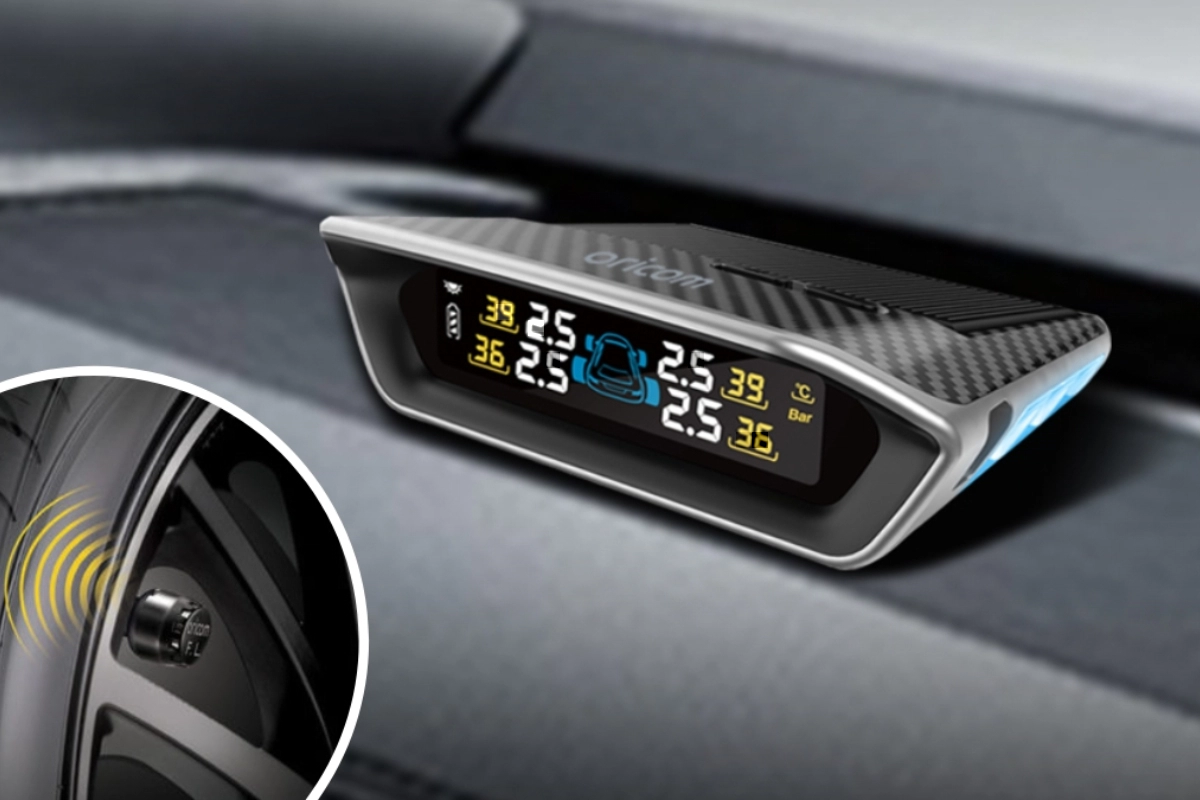Car Care Tips: For any car owner, having their engine seize or lock up may be a terrible event. Your engine may abruptly cease operating due to a mechanical issue, leaving you stranded on the side of the road. In this article, we will tell you what engine seizing is and how to avoid it.
What is engine seizing?
When the pistons in your engine are rigid, it can seize up or lock up. This prevents the engine from turning the wheels of the vehicle, which might cause serious issues. You’ll need to replace the engine as a whole or the part(s) causing the engine to seize up in order to get your engine running again. This is the reason it’s so critical to identify the source of your engine’s seizing. If you take care of the issue as soon as possible, you can avoid having to replace the engine entirely, which will save you a lot of money.
In older cars, especially the higher mileage models, engine seizing or locking up is not uncommon. Newer cars are also prone to it, though. Prior to the issue getting too bad, it is important to identify its root cause. It’s usually impossible to fix an engine that has seized up without replacing it completely due to the extensive damage.
How to avoid it?
Engine seizing can be caused by a variety of factors, including low fluid levels or the incorrect kind of fluids present. Regular car inspections and maintenance are one approach to stop any of these reasons. Factors that can cause your engine to seize are:
- Rust
- Low oil Levels
- Low-quality oil
- Broke timing chain
- Water Damage
- Worn-out engine parts
Keep watching our YouTube Channel ‘DNP INDIA’. Also, please subscribe and follow us on FACEBOOK, INSTAGRAM, and TWITTER.


